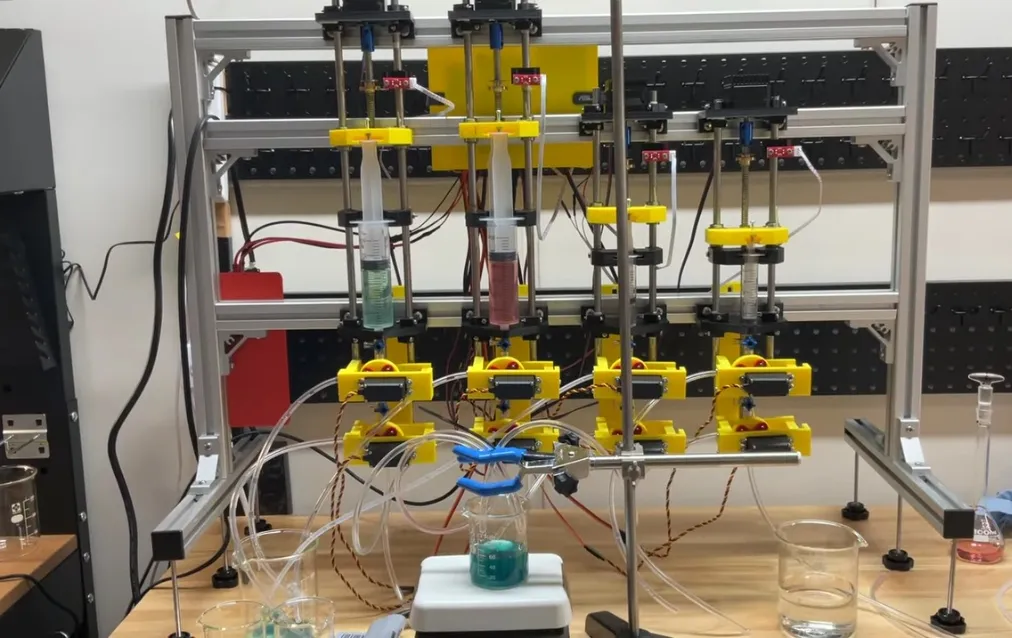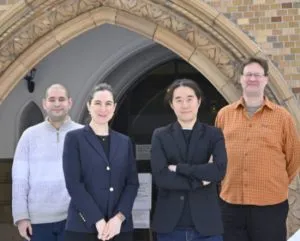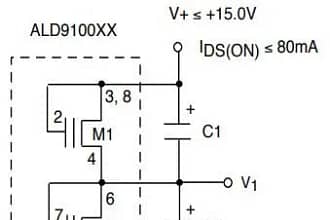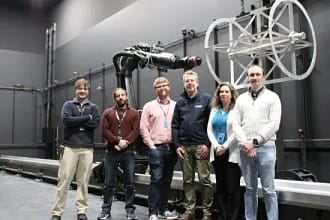
It’s academic creators say it offers an “affordable and customisable solution for automated material synthesis, making advanced research accessible to more scientists”.
Mega
FLUID stands for Flowing Liquid Utilizing Interactive Device. It is an Arduino Mega-equipped robotic system (the Arduino Mega 2560 is a microcontroller board based on the ATmega2560).
The team behind it have used the robot to automate the co-precipitation of cobalt and nickel. This is to create binary materials with precision and efficiency.
FLUID
An Hokaido University blog post explains:
“FLUID’s hardware comprises four independent modules, each equipped with a syringe, two valves, a servo motor for valve control, and a stepper motor to precisely control the syringe plunger. Each module also has an end-stop sensor to detect the syringe’s maximum fill position.”
“These modules are connected to microcontroller boards that receive commands from a computer via USB. The system also includes software that lets users control the robot’s functions, such as valve adjustments and syringe movements and provides real-time status updates and sensor data.”
Sensors
Future plans for the system include integrating additional sensors to monitor other parameters, such as temperature and pH.
These enable the robot to handle a wider variety of chemical reactions, including polymer mixing and organic synthesis, says the university.
The software will also be developed to include macro recording, to streamline repetitive tasks, and enhanced data logging, to improve experimental reproducibility and data analysis.
Note, the design files for the system are available to researchers anywhere in the world. This means they can replicate or modify the robot according to their specific experimental needs.
You can see it in action in the video below:
You can read more on the Hokaido post. The research team, pictured, is (l-to-r) Fernando Garcia-Escobar, Lauren Takahashi, Keisuke Takahashi and Mikael N. Kuwahara of the research team.

The original article behind the tech is: Development of an Open-Source 3D-Printed Material Synthesis Robot FLUID: Hardware and Software Blueprints for Accessible Automation in Materials Science. It appears in ACS Applied Engineering Materials (April 9, 2025) with Mikael N. Kuwahara as lead author.
[Via X (Arduino)]
Image: Hokaido University
See also: Arduino Mega resolves Rubik’s cube in a couple of seconds



